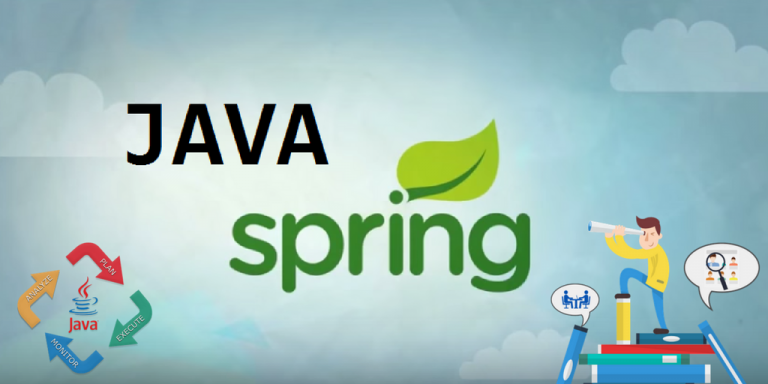Consistency models for distributed systems
Which are the consistency models used for distributed systems? Papers that survey the consistency models Robert C. Steinke and Gary J. Nutt. 2004. A unified theory of shared memory consistency. J. ACM 51, 5 (September 2004), 800-849. DOI=10.1145/1017460.1017464 http://doi.acm.org/10.1145/1017460.1017464 David Mosberger. 1993. Memory consistency models. SIGOPS Oper. Syst. Rev. 27, 1 (January 1993), 18-26. DOI=10.1145/160551.160553…

